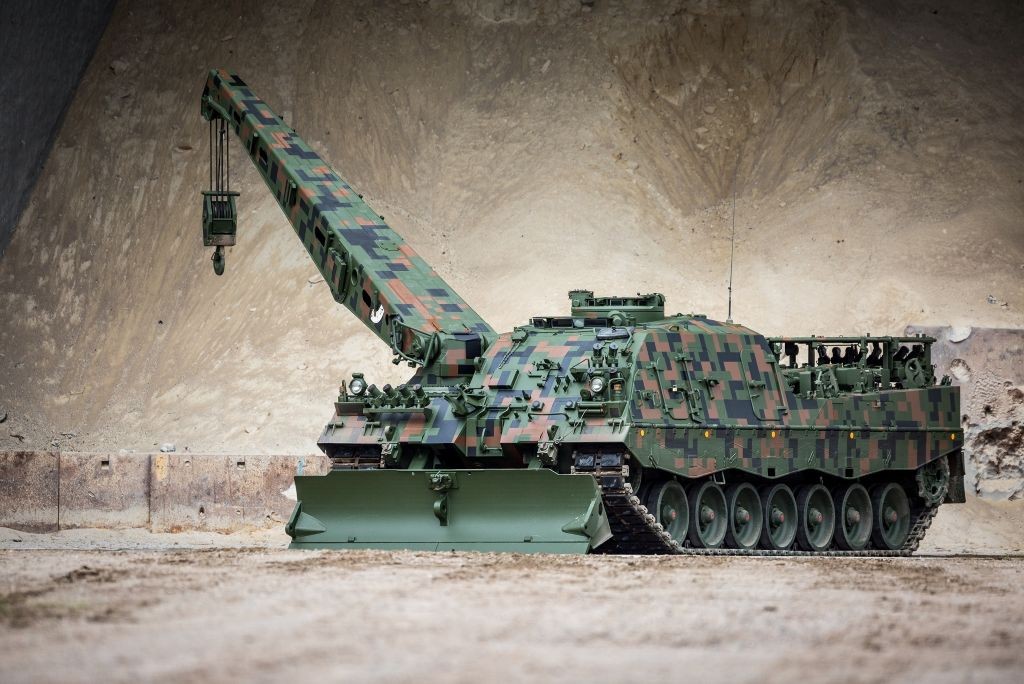Strengthening NATO’s Eastern Flank: The B-1B Lancer Flyover in Latvia
Operational Demonstration of Allied Integration
On a recent strategic mission, a duo of B-1B Lancer bombers showcased their capabilities in a flyover above Latvia’s capital, Riga. This maneuver, conducted alongside NATO partners, symbolizes the collective defense posture and operational cohesion within the alliance.
The flyover took place above the renowned Monument of Freedom, a powerful emblem of Latvia’s national unity, and was complemented by the presence of four JAS 39 Gripen fighters, with contributions from Hungary and Sweden. This joint exercise is part of a broader agenda aimed at reinforcing NATO’s presence and asserting its commitment to the defense of member states along the Eastern flank.
Context of Deployment
Three B-1B aircraft were deployed from Dyess Air Force Base in Texas to Ørland Air Base in Norway as part of a comprehensive bomber task force initiative led by the 345th Expeditionary Bomb Squadron. This deployment emphasizes the ongoing dedication of the U.S. Air Force to ensure a robust and ready presence throughout Europe.
- Key Objectives:
- Strengthen air force integration among NATO allies.
- Enhance readiness through rigorous training and operational simulations.
- Share real-time threat intelligence to maintain operational fluidity in contested air spaces.
Latvian Defense Minister Andris Sprūds articulated the significance of such joint operations, noting that “the security of the Baltic states is pivotal for the entire Euro-Atlantic region.” This sentiment underscores the importance of NATO’s unified presence, especially given the geopolitical tensions in Eastern Europe.
Training and Tactical Readiness
During this deployment, U.S. aircrews have engaged in extensive training exercises focused on enhancing their capacity to detect, track, and engage enemy assets. These exercises are designed to improve their operational speed and precision in environments that may be heavily contested.
- Training Focus Areas:
- Identifying and targeting enemy combatants and infrastructure.
- Practicing advanced air-to-ground and air-to-air tactics to counter potential threats.
- Ensuring seamless coordination with the allied air forces of Norway and other partner nations.
Colonel Eric Alvarez, the commander of the 345th Expeditionary Bomb Squadron, remarked on the mission saying it allowed forces to “train as we would fight,” emphasizing the crucial need for adaptive strategies in a fast-evolving security landscape.
Broader Implications for Regional Security
This recent deployment marks the fifth bomber task force mission undertaken by the U.S. Air Force in Europe within the calendar year, illustrating a sustained commitment to ensuring operational effectiveness and deterrence in the region. The strategic implications of such missions reach far beyond mere aerial displays; they serve as a critical counterbalance to potential aggression in Eastern Europe, notably in light of ongoing tensions involving Russia and its ally, Belarus.
Moreover, the Hungarian Gripens participating in the flyover are concurrently engaged in NATO’s air policing mission stationed at Šiauliai Air Base in Lithuania. This arrangement, featuring eight Spanish Typhoon jets, underscores the cooperative nature of air defense efforts aimed at providing immediate responsive capabilities in a volatile region.
Conclusion: A Unified Approach to Deterrence
The synergistic effects of these deployments highlight not only the technical capabilities of U.S. and allied forces but also their unwavering resolve to safeguard regional stability. As NATO continues to adapt its strategy in response to dynamic global threats, the integration of assets like the B-1B and the collaborative efforts of European allies remain vital components of a robust defense framework.
Through exercises such as the recent flyover, NATO reinforces its deterrent posture and fosters mutual trust among its members, paving the way for a secure future in the Euro-Atlantic arena.





